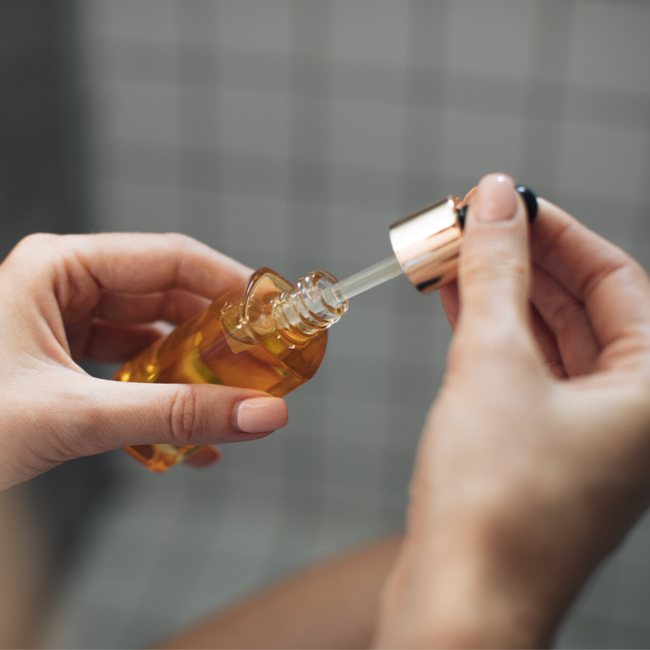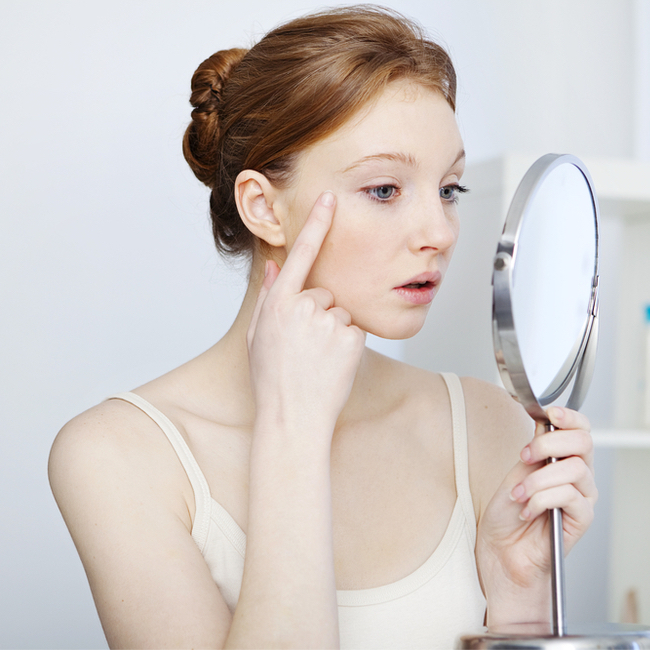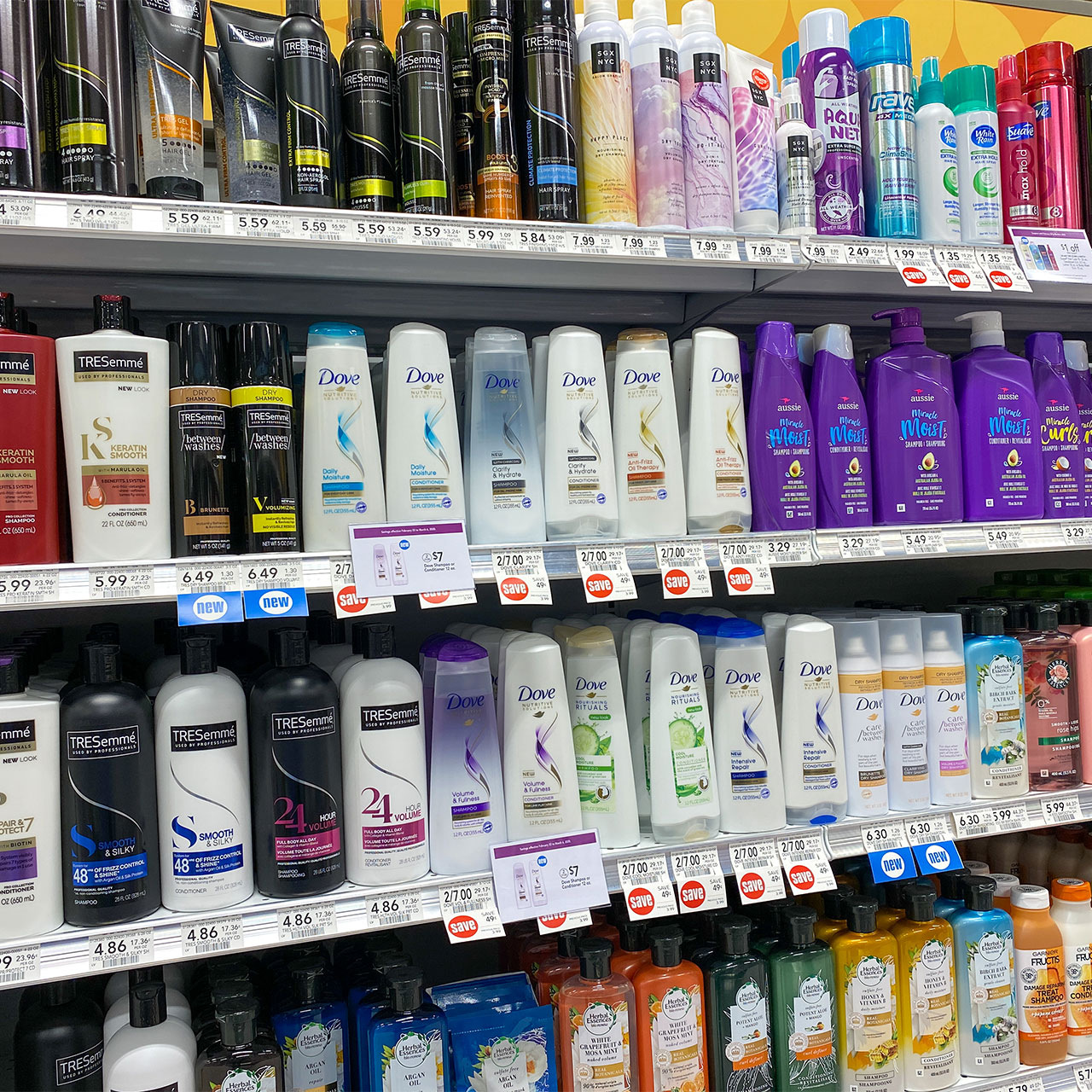It would be unrealistic to expect for your skin to never develop wrinkles, and the loss of elastin and decline of collagen production is a completely natural part of aging. But while it’s likely that fine lines and wrinkles will appear regardless, it’s worth exploring the skincare options that have the potential to reduce the severity of their development, or even fade existing lines. Crow’s feet are wrinkles which develop around your eyes with time, and while they can be evidence of a life well lived, it does beg the question: can your skincare routine actually help you to banish wrinkles, or do you need to turn to Botox for the best results?
We spoke with Elizabeth Damstetter, MD, FAAD, board-certified dermatologist and owner of Reserve Dermatology & Aesthetics, double board-certified plastic surgeon, Dr. Michele Koo, and Dr. Audrey Kunin, board-certified dermatologist, clinician, author, educator and Founder/CEO of DERMAdoctor to get the full rundown, and the answer isn’t as simple as it might seem.


Yes…& No
As much as we would love to confirm that your endless retinol and vitamin C serum routine will magically smooth your face of wrinkles and create the ageless complexion you once had, these ingredients don’t have the capacity to make such significant changes in reversing the impact of the years. That being said, they can help to ease the aging process, allowing for slight changes in the appearance of fine lines, wrinkles, and crow’s feet. “Modest improvements in skin lines around the eyes can be partially made through skin care regimens that include high-performing moisturizers and hyaluronic acid,” explains Damstetter. “My patients love Sente Illumine eye cream for its advanced hyaluronic acid delivery to infuse rapid hydration.”
Making sure to keep your skin well moisturized is one of the best ways to slow the appearance of wrinkles on your skin, while also limiting patchiness that can cause you to look older than you may be. “For aging skin, I love the Revox-7 peptide serum by Revision Skincare for smoothing out crow’s feet and crepey under eye skin in as little as 6-8 weeks of consistent use,” Damstetter adds. “I pair it with neuromodulators to optimize results. Pregnant women or those not appropriate for neuromodulators are also great candidates for Revox-7.”
Neuromodulators are better known as injections such as Botox or Dysport, she explains, but if you’re going for the most natural route possible, you can expect to see at least some slight changes through keeping your skin hydrated and prioritizing ingredients such as peptides, hyaluronic acid, and retinol.
Ultimately Koo agrees that a combination of Botox and a good skincare routine is going to be your best bet for effectively reversing crow’s feet and smoothing out the area around your eyes. “If you have mild to moderate crows feet, eye skincare containing retinol, vitamins F, E, C and hyaluronic acid along with religious sunscreen use can definitely lessen the lines,” she explains, adding, “Unfortunately skincare alone will not reverse deep sun-damaged skin and crows feet.”
Retinol has often been regarded as one of the tentpoles of anti-aging skincare, and in terms of ingredients that can offer the best results, this stands to be true. Koo suggests choosing a gentle retinol solution when using it around your eyes, and before crow’s feet have begun to develop she recommends religiously applying sunscreen to reduce their severity.
“Thoughtfully selected skincare can most definitely soften the appearance of existing wrinkles and crow’s feet. 1% Retinol or prescription retinoids applied every other night to clean, dry skin helps both exfoliate skin as well as support dermal collagen production, providing a multitasking approach to an anti-aging regimen,” adds Kunin. It’s natural to want to avoid aging as best you can, but while a good skincare routine may not be able to fully reverse the hands of time, it can certainly help to allow for a more graceful segway into aging with less prominent fine lines and crow’s feet.


























